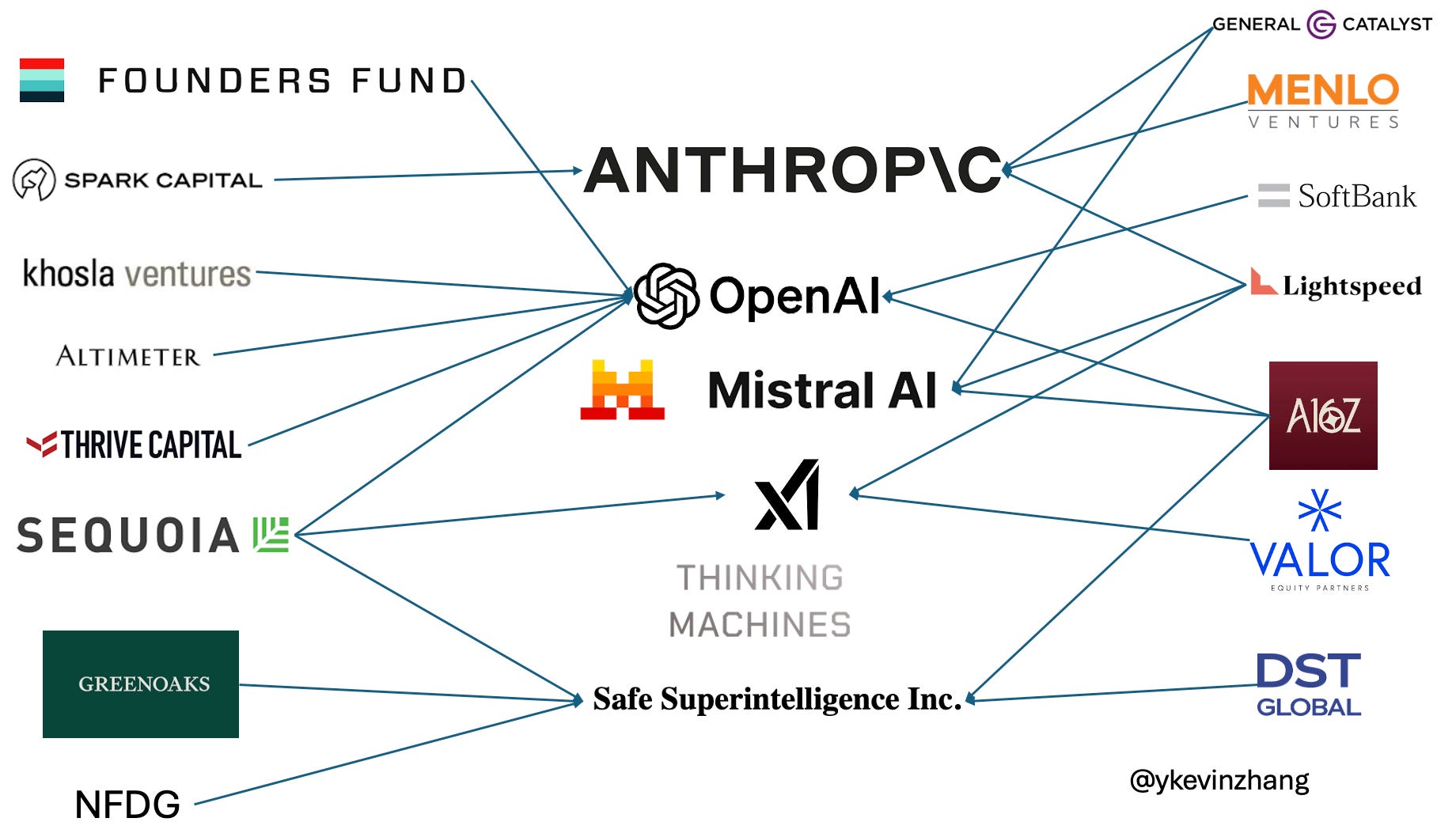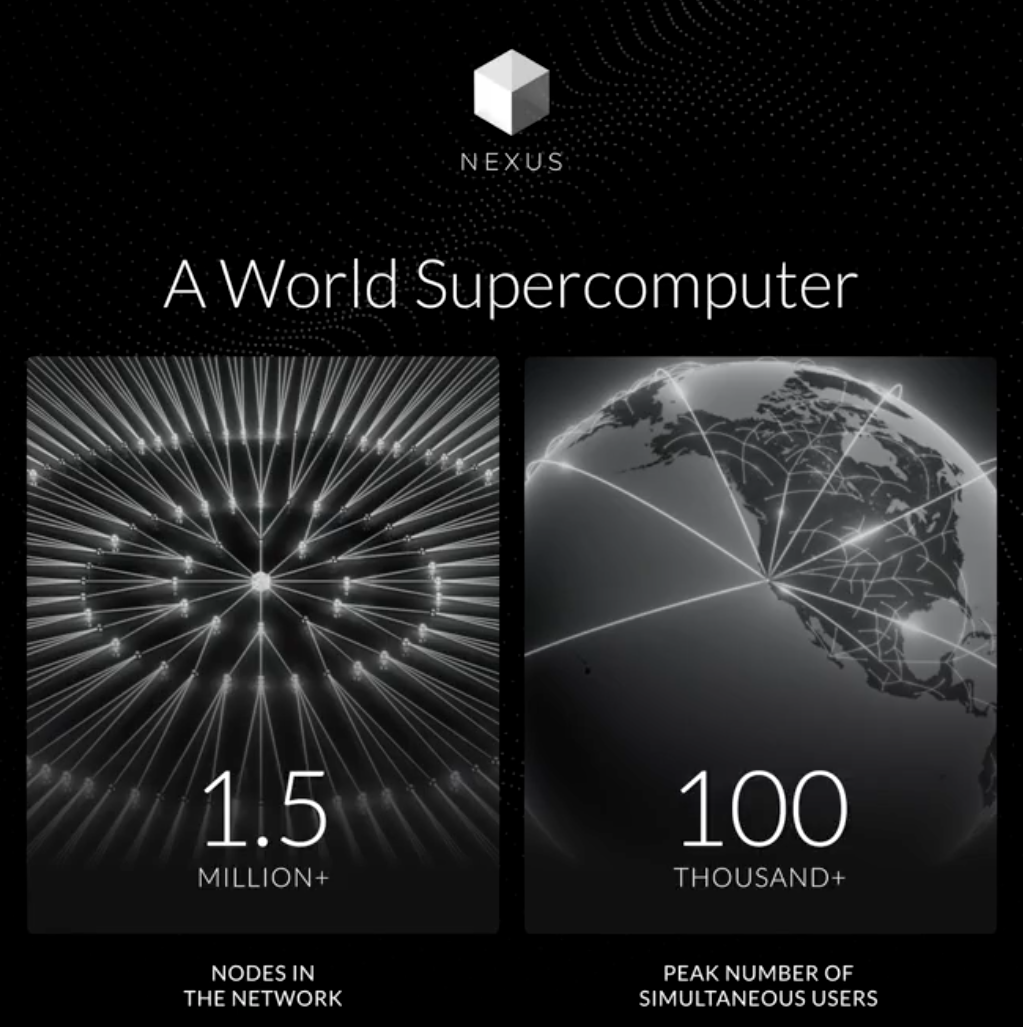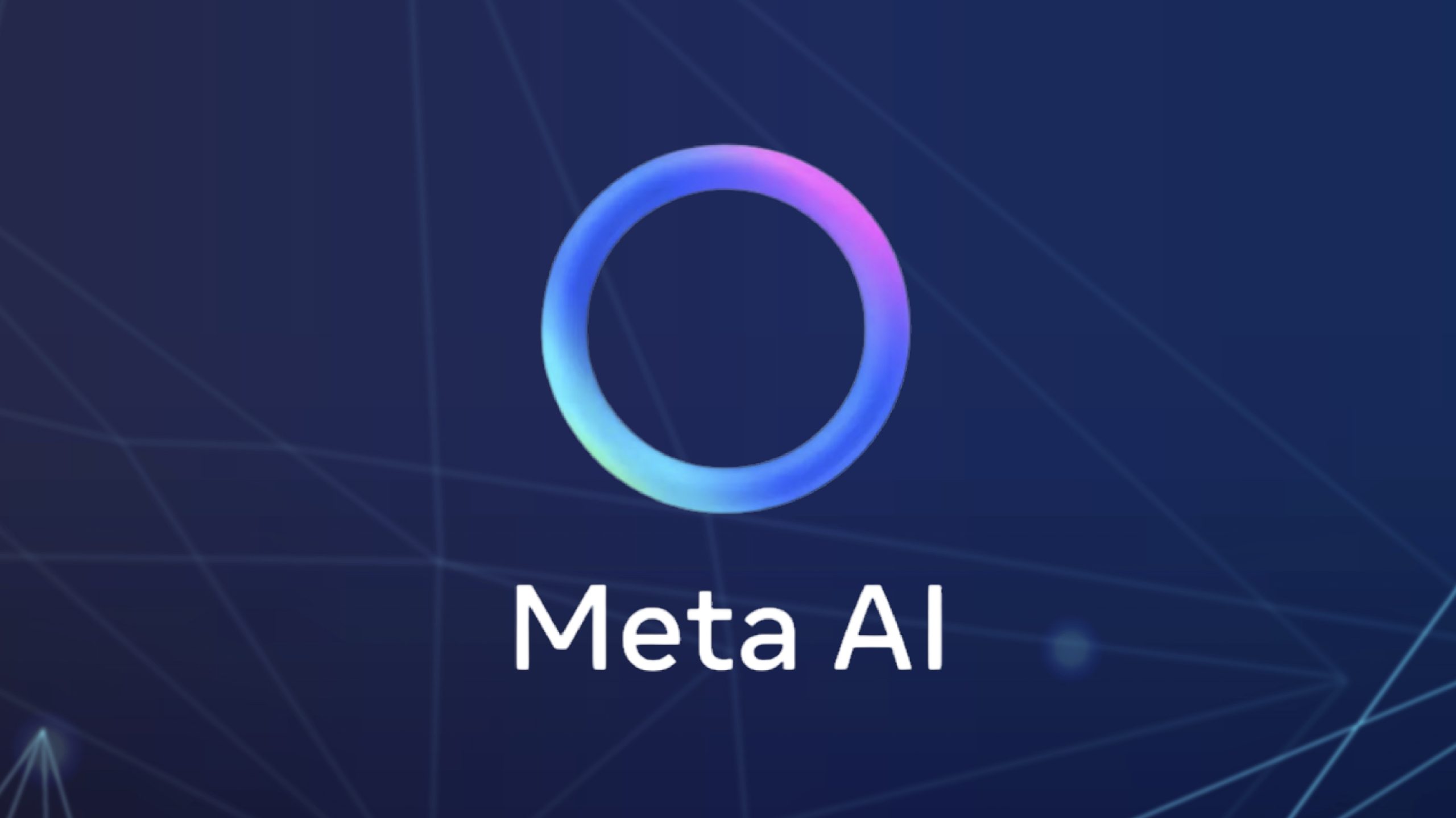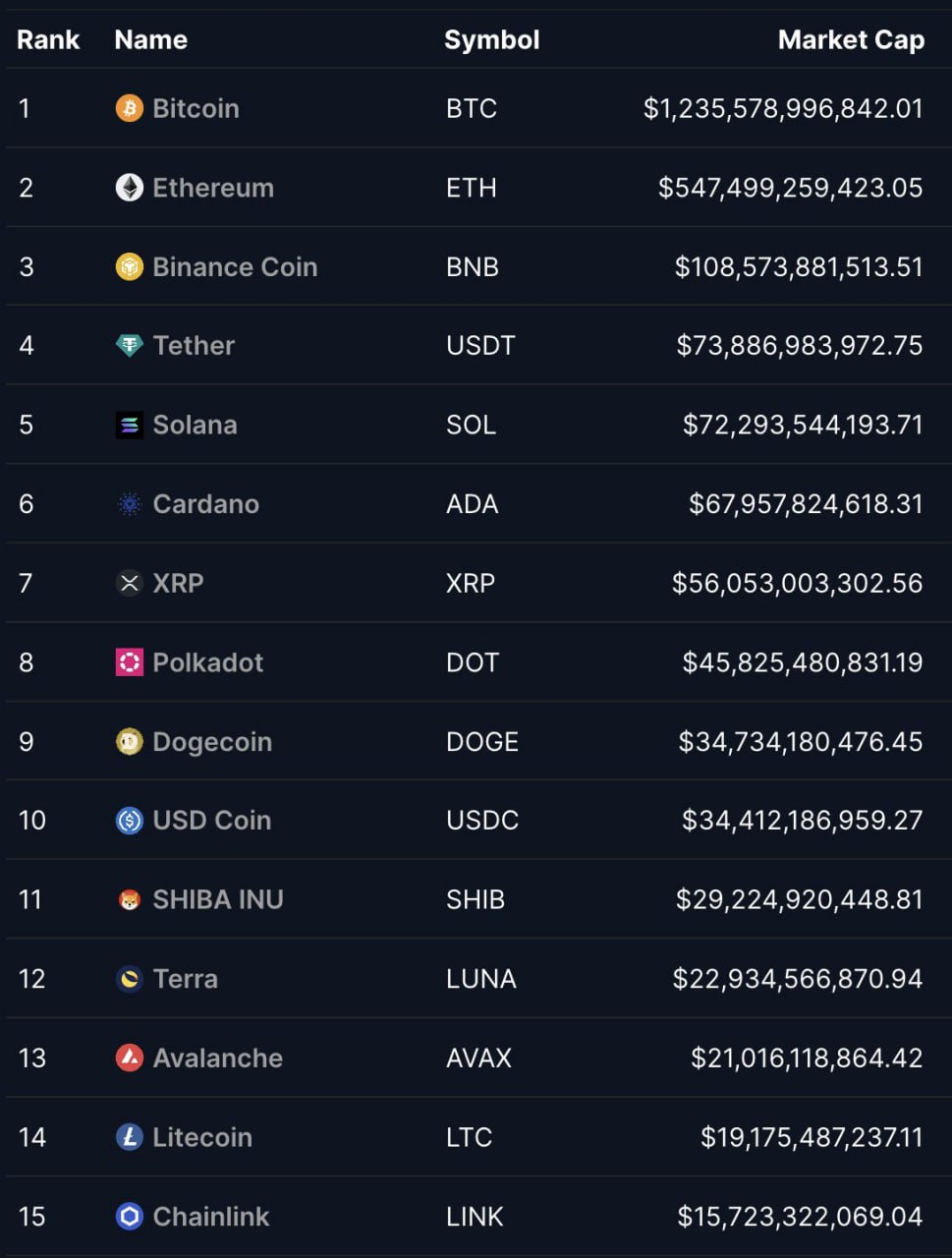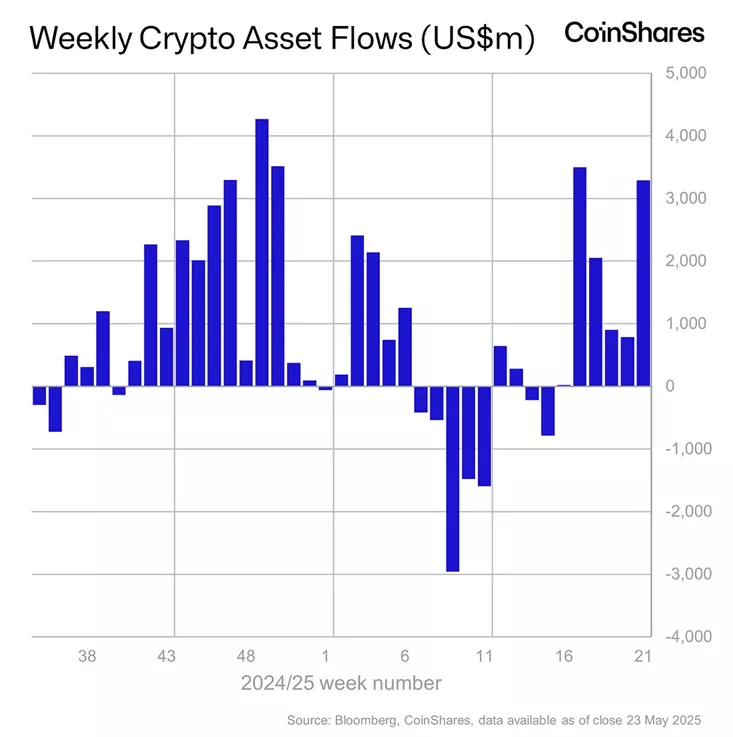The U.S. Department of Defense (DoD) has awarded contracts worth up to $200 million to leading AI companies — Anthropic, OpenAI, Google, and Elon Musk’s xAI — to develop artificial intelligence solutions aimed at strengthening national security. The announcement was made in an official press release.
According to the DoD’s Chief Digital and Artificial Intelligence Office (CDAO), the funding will accelerate the integration of advanced AI capabilities into key defense operations. These companies will work on developing intelligent agent systems for a wide range of military applications.
“Integrating AI enhances our ability to support service members and maintain strategic advantage over our adversaries,” said Doug Beck, the DoD’s Chief Digital and AI Officer.
xAI Launches Grok for Government
In parallel, Elon Musk’s startup xAI introduced its new product line — Grok for Government, a suite of AI tools tailored for U.S. government agencies. Distributed via the General Services Administration (GSA) platform, these tools allow federal institutions to purchase and implement xAI’s technologies directly.
This move follows a similar contract granted to OpenAI in early 2024 — also worth $200 million — shortly after its partnership with defense startup Anduril, which focuses on integrating AI into national security missions.
AI as a Strategic Military Asset
Over the past two years, the Pentagon has accelerated AI adoption across various areas, overseeing more than 685 active initiatives. The most prominent applications of military AI include:
1. Autonomous Systems and Drones
AI powers surveillance and combat drones, as well as anti-drone defense systems. Notably, Shield AI demonstrated autonomous collaboration among three V-BAT drones using its Hivemind AI pilot. The Pentagon is also advancing its Replicator initiative — announced by Deputy Secretary of Defense Kathleen Hicks — which aims to deploy thousands of autonomous systems in record time to counter adversaries’ numerical advantages.
2. Intelligent Agents and Decision Support
The Pentagon is experimenting with AI agents that can autonomously handle routine tasks and assist military personnel. In 2023, Task Force Lima was formed to explore generative AI. By late 2024, it evolved into a permanent unit called the AI Rapid Capabilities Cell, funded with $100 million for pilot programs.
3. Intelligence Analysis and Targeting
AI helps process massive volumes of data — satellite imagery, drone footage, signal intercepts, and text — to identify threats and targets more rapidly. Project Maven was an early example, using computer vision to analyze drone video feeds. In 2023, Palantir secured a $480 million contract for the Maven Smart System, enhancing real-time battlefield intelligence. The company also develops TITAN, a mobile AI-driven battlefield intelligence center, under a $178 million contract.
4. Cybersecurity and Threat Detection
AI algorithms are used to detect anomalies in network traffic and identify emerging cyber threats. Generative models also help simulate cyberattacks to test and strengthen defense systems.
Major Contractors: From Tech Giants to Defense Startups
The Department of Defense collaborates with a mix of established tech firms and specialized defense startups, including:
- OpenAI
- Anthropic
- xAI
- Microsoft
- Palantir
- Anduril Industries
- Shield AI
Budgets and Investments: AI Funding on the Rise
For the 2024 fiscal year, the DoD requested approximately $1.8 billion in funding for AI-related programs — a $600 million increase over the previous year. These funds will support:
- AI infrastructure modernization
- Responsible and ethical AI deployment
- Workforce development and training
While the focus has shifted toward deeper collaboration with the private sector, AI remains a top strategic priority. Beyond direct government funding, the Pentagon also benefits from venture-backed innovation. Notably, Anduril is now valued at over $8 billion, and Shield AI at $2 billion — signaling a boom in defense-focused AI startups.
AI Arms Race: U.S. vs. China
The United States is effectively engaged in an AI arms race with China, as both countries seek technological supremacy in the battlefield of the future.
China has officially committed to building a “world-class military” by mid-century through full-scale intelligentization — the integration of AI and emerging tech into every level of the People’s Liberation Army.
Beijing’s civil-military fusion strategy involves mobilizing domestic tech giants for defense purposes, which it sees as a competitive edge over the U.S.’s more segmented model.
Experts estimate that China allocates 1–2% of its defense budget to AI — significantly higher than the U.S., where that figure stands at just 0.1–0.2%. Despite a smaller overall budget, China’s absolute spending on AI R&D and deployment may surpass that of the U.S.
In January, Donald Trump also announced a $500 billion private sector investment in U.S. AI infrastructure — signaling growing national focus on technological dominance.
Conclusion
The $200 million in new contracts for Anthropic, OpenAI, Google, and xAI is just the beginning. As artificial intelligence becomes a cornerstone of national defense, the U.S. continues to invest aggressively to ensure it remains ahead in the global technological race — especially as China steps up its own military AI ambitions.
